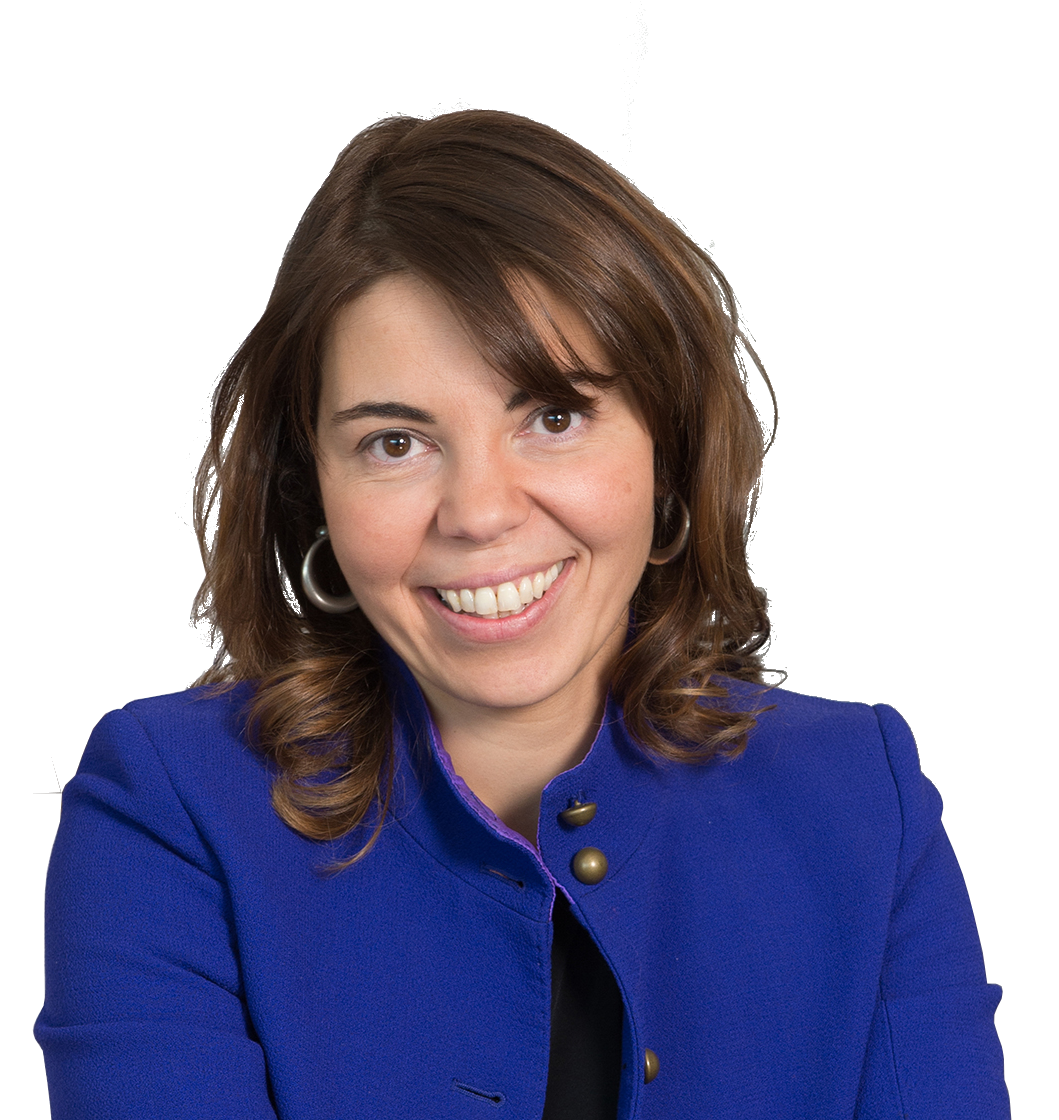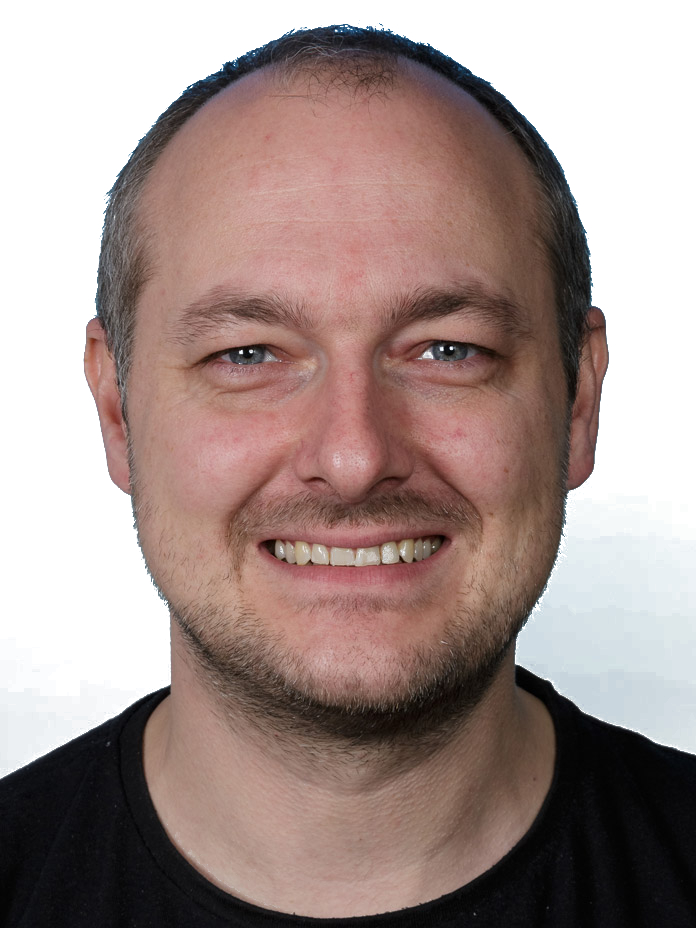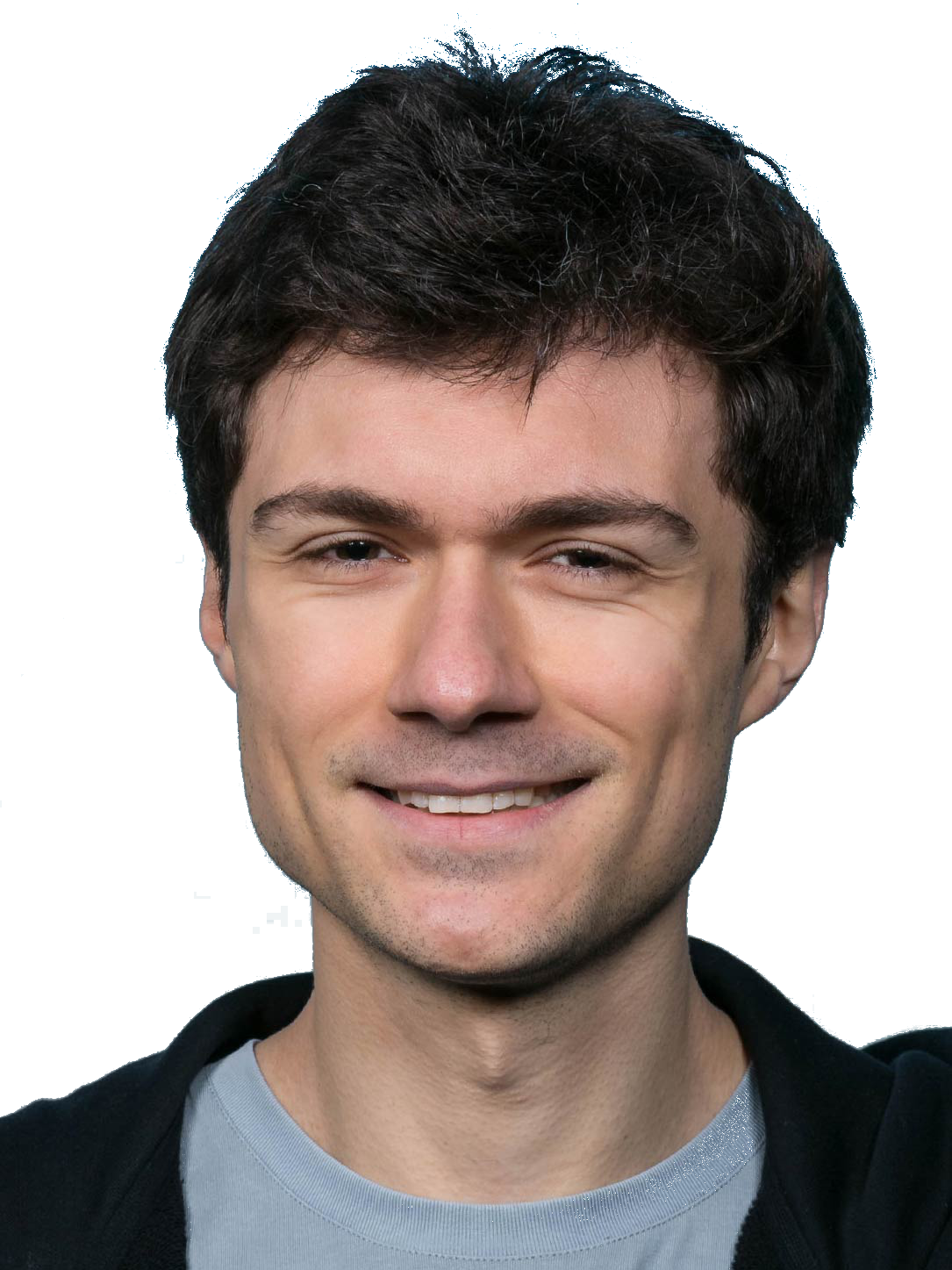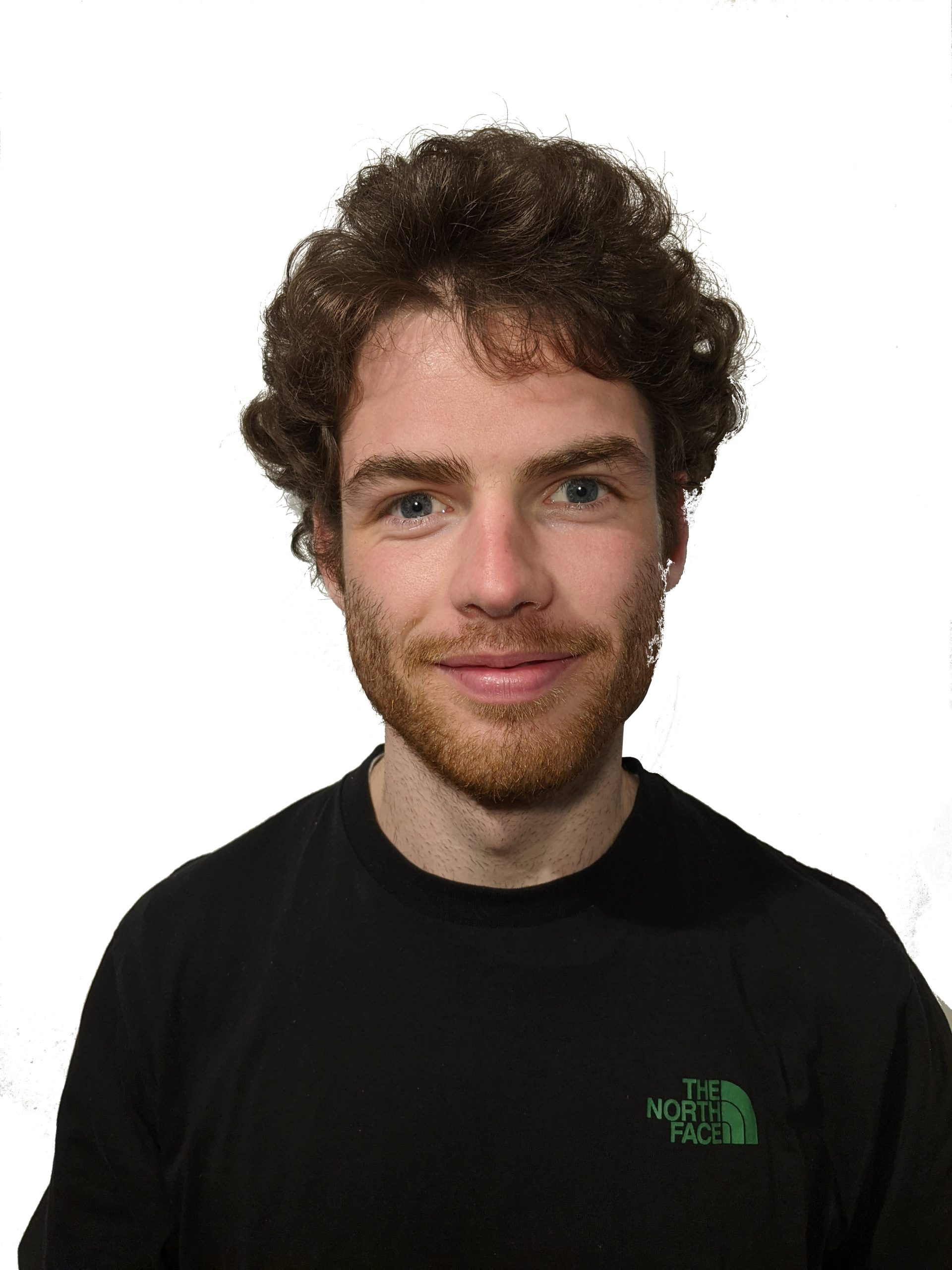Dipolar Quantum Gases of Erbium Atoms
Erbium has very special properties that make it unique: a very strong magnetic moment, many valence electrons, clock transitions, and an extremely rich internal atomic structure.
In the ERBIUM LAB we bring all these properties in the quantum regime together to study strongly dipolar gases both in the continuum and in optical lattices. Recently, the ERBIUM team has observed roton excitations, the counterintuitive and long-sought supersolid states, deformed Fermi surface, Bose-Hubbard systems with long-range interaction, spin manipulation via the clock transition, and much more!
A full list of the ERBIUM LAB Publications can be found here
Interested in joining us? Check out here.
Lab news
![]()
Now in Science! In the presence of isotropic interactions, the Fermi surface of an ultracold Fermi gas is spherical. Introducing anisotropic interactions can deform it. This effect is subtle and challenging to observe experimentally. We report the observation of such a Fermi surface deformation in a degenerate dipolar Fermi gas of
Keep Reading ...
We have studied the scattering behavior of ultracold Er atoms and observed an enormous number of Fano-Feshbach scattering resonances and demonstrate high correlation in the spectra, underlying chaotic scattering between the particles. This work, now published in NATURE, is a joint effort between our group, John L. Bohn from JILA (Boulder,
Keep Reading ...
We report on the creation of the first degenerate dipolar Fermi gas of erbium atoms. We force evaporative cooling in a fully spin-polarized sample down to temperatures as low as 0.2 times the Fermi temperature. The strong magnetic dipole-dipole interaction enables elastic collisions between identical fermions even in the zero-energy
Keep Reading ...
We have measured and analyzed the hyperfine structure of two lines, one at 583 nm and one at 401 nm, of the only stable fermionic isotope of atomic erbium as well as determined its isotope shift relative to the four most-abundant bosonic isotopes. Our work focuses on the J→J+1 laser
Keep Reading ...
We report on the experimental realization of a robust and efficient magneto-optical trap for erbium atoms, based on a narrow cooling transition at 583 nm. We observe up to N=2×10^8 atoms at a temperature of about T=15 μK. This simple scheme provides better starting conditions for direct loading of dipole
Keep Reading ...
We report on the achievement of Bose-Einstein condensation of erbium atoms and on the observation of magnetic Feshbach resonances at low magnetic fields. By means of evaporative cooling in an optical dipole trap, we produce pure condensates of Er168, containing up to 7×104 atoms. Feshbach spectroscopy reveals an extraordinary rich
Keep Reading ...
Lab Team
Francesca Ferlaino, Univ.-Prof. Dr.
Group Leader / PI
Manfred Mark, Dr.
Senior Scientist/Research Assistant
Andrea Di Carli, Dr.
Academy Scientist/Research Assistant
Ferdinand Claude, Dr.
Post-Doc
Arfor Houwman, MSc.
PhD Student (ERBIUM)
Louis Lafforgue, MSc.
PhD Student (ERBIUM)
Sarah Embacher, BSc.
Master Student (ERBIUM)

















